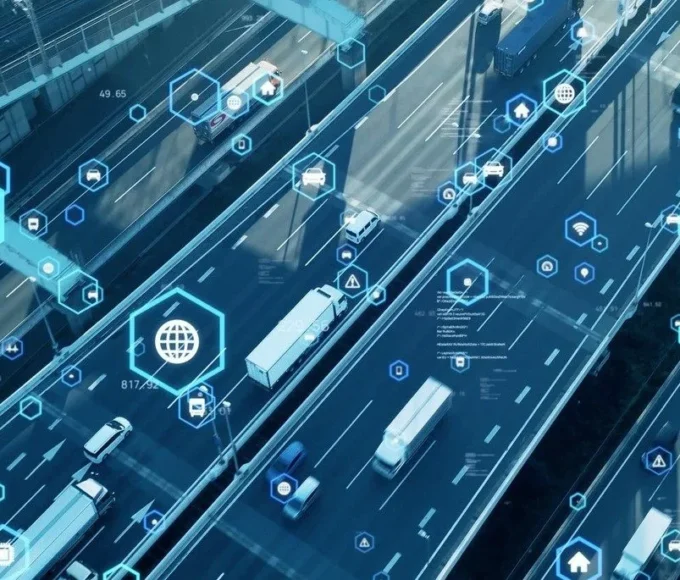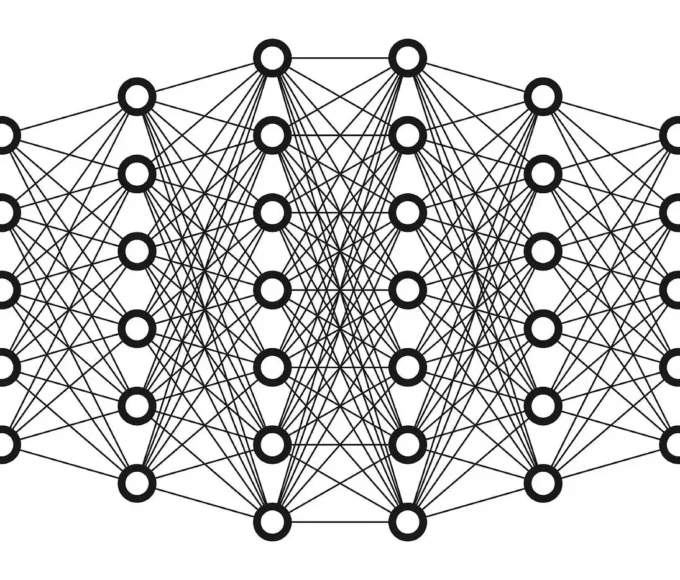In our rapidly advancing world, technology is making its mark in every sphere of life, and law enforcement is no exception. One remarkable innovation that has emerged is predictive policing, a new approach that harnesses the power of machine learning algorithms to bolster our fight against crime. By carefully analysing vast amounts of data, predictive policing enables our law enforcement agencies to predict and prevent criminal activities more efficiently, enhancing public safety and security. In this article, we will delve into the concept of predictive policing and explore the ways in which machine learning is strengthening the hands of our dedicated law enforcement officers.
What is Predictive Policing?
Predictive policing is a proactive strategy that uses data analysis and machine learning algorithms to forecast potential criminal activities and trends. Instead of merely reacting to crimes after they occur, our law enforcement agencies now have the capability to anticipate where crimes might take place. This empowers them to allocate their valuable resources more effectively and prevent crimes before they happen, ultimately reducing the overall burden on our criminal justice system and keeping our communities safe.
How Machine Learning Assists Our Police Force
Data Collection and Integration: Predictive policing heavily relies on data, encompassing historical crime records, socioeconomic indicators, weather patterns, and even social media activity. With the help of machine learning algorithms, our law enforcement can integrate and analyse these diverse data sources to identify hidden patterns and trends that might escape the notice of human analysts.
Crime Hotspot Mapping: Machine learning algorithms excel at creating crime hotspot maps, which provide our police force with a clear visual representation of areas with a higher likelihood of criminal activity. These maps are instrumental in directing patrols and allocating resources to the areas that need the most attention, enabling our officers to prevent crimes and apprehend offenders effectively.
Pattern Recognition: Machine learning algorithms have proven themselves to be highly adept at recognizing intricate crime patterns and modus operandi that might elude human investigators. By analysing historical data, these algorithms can identify recurring patterns, providing our law enforcement officers with crucial insights to proactively address criminal behaviour.
Risk Assessment: Predictive policing also plays a vital role in assessing the risk levels of individuals or locations. By taking various factors into consideration, such as an individual’s previous criminal history, known associates, and environmental conditions, machine learning algorithms can evaluate the likelihood of an individual becoming involved in criminal activities or an area becoming a target for crime.
Resource Allocation: Another significant benefit of predictive policing is its ability to optimize resource allocation for our law enforcement agencies. By identifying high-risk areas and individuals, our police force can deploy officers and resources strategically, ensuring a more efficient use of limited resources to uphold the safety of our communities.
Challenges and Ethical Considerations
While the potential benefits of predictive policing are undeniable, it is essential to address the challenges and ethical considerations associated with its implementation. Critics rightly express concerns that algorithms could perpetuate biased policing if historical data used to train them are biased. This could inadvertently target specific communities and raise issues of racial profiling and privacy infringement.
To address these concerns, our law enforcement agencies must adhere to strict ethical guidelines and regularly audit their algorithms to ensure fairness and transparency. Additionally, involving community stakeholders and experts in the development and implementation of predictive policing models can help mitigate potential biases and build public trust in our law enforcement efforts.
Predictive policing, driven by machine learning, is an invaluable tool that has the potential to transform law enforcement in our communities. By harnessing data and algorithmic insights, our law enforcement agencies can become more proactive, efficient, and effective in combating crime, ensuring the safety and security of our neighbourhoods.
However, as we continue to embrace technological advancements, we must approach predictive policing with a balanced perspective, acknowledging its benefits while responsibly addressing the ethical concerns associated with its usage. With the right measures in place, predictive policing can be an invaluable ally in creating safer communities and upholding the principles of justice that our law enforcement officers strive to protect.
As technology evolves, the ongoing refinement of predictive policing methods will play a vital role in shaping the future of law enforcement, ensuring a safer and more secure world for all.
















Leave a comment